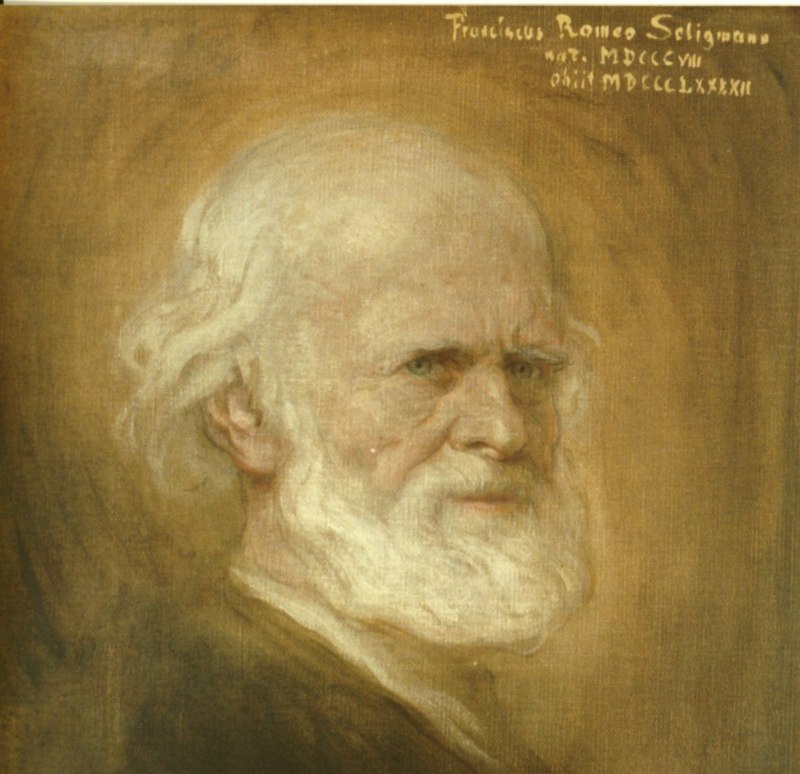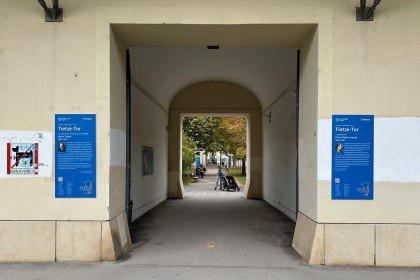Franz Romeo Seligmann, Univ.-Prof. Dr.
Honors
| Ehrung | Titel | Datierung | Fakultät | |
|---|---|---|---|---|
| Gate of Remembrance | Seligmann-Tor | 1998/99 |
|
- Medicine
- History of Medicine
- Faculty of Medicine
Romeo Seligmann came to Vienna in 1825 to study medicine. His diverse historical and artistic interests led him to study a Persian manuscript from the court library, the pharmacopoeia of Abu Mansur, a unique work of which no copy existed anywhere. Seligmann quickly acquired the necessary knowledge to translate the manuscript, which also provided him with the material for his dissertation. He was awarded his doctorate in medicine in 1830. Even during his time as a student, he cultivated his acquaintance with outstanding personalities from the worlds of culture and science; in one of Moritz Schwind's pictures, Seligmann can be seen with Franz Schubert's circle of friends. He felt particularly close to his fellow student, the physician and writer Ernst von Feuchtersleben. His friendship with Ottilie von Goethe, whom he cared for as a patient during her stays in Vienna, should also be emphasized. When a cholera epidemic broke out immediately after Seligmann graduated, the young doctor put himself at the disposal of the government and was sent to Brno and Nikolsburg as a cholera doctor. Two years later, he returned to Vienna. His dissertation had attracted the interest of the famous orientalist Hammer-Purgstall, who soon became his friend and patron
In 1833, Seligmann was granted permission to give extraordinary lectures on the history of medicine at the University of Vienna. He earned his living as an assistant doctor at the Vienna General Hospital and as a general practitioner. His lectures were very popular, but it was not until 1848 that he was awarded the title of associate professor. In 1850, he was also granted an annual salary for his teaching activities; finally, in 1869, he was appointed ad personam Ordinarius.
He was honored in 1998 by the naming of one of the "Gates of Remembrance" on the campus of the University of Vienna (Seligmann Gate, passageway from Court 2 to Court 3).
Zuletzt aktualisiert am 01/17/24


